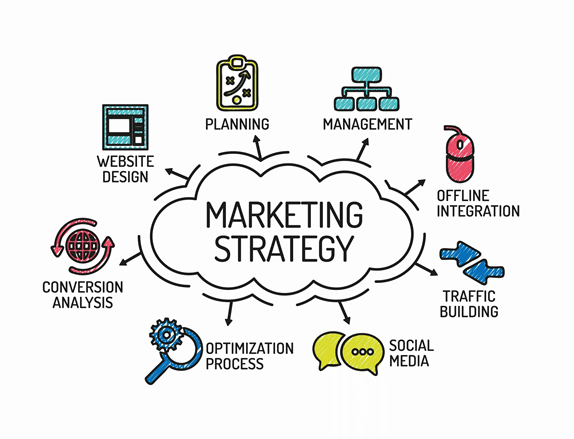
Everybody sells intangibles in the marketplace, no matter what is produced in the factory. Marketing is concerned with getting and keeping customers. The degree of product intangibility has its greatest effect in the process of trying to get customers. Highly intangible products run into very special problems.
Intangible products can seldom be tried out, inspected, or tested in advance. Prospective buyers are generally forced to depend on surrogates to assess what they’re likely to get. To make buyers more comfortable and confident about tangibles that can’t be pretested, companies go beyond the literal promises of specifications, advertisements, and labels to provide reassurance. Pickles get put into reassuring see-through glass jars, cookies into cellophane-windowed boxes, canned goods get strong appetite-appealing pictures on the labels, architects make elaborately enticing renderings.
Satisfaction in consumption or use can seldom be quite the same as earlier in trial or promise. Some promises promise more than others, depending on product features, design, degree of tangibility, type of promotion, price. Metaphors and similes become surrogates for the tangibility that cannot be provided or experienced in advance. The right kind of eye shadow properly applied may promise to transform a woman into an irresistible tigress in the night.
Research confirms that people use appearances to make judgments about realities. The less tangible the generic product, the more powerfully and persistently the judgment about it gets shaped by the packaging. The product will be judged in part by who offers it, not just who the vendor corporation is but also who the corporation’s representative is. The sales engineers assigned to work with an electric utility company asking for competitive bids on a $100 million steam boiler system are as powerfully a part of the offered product (the promise) as is the investment banking firm’s partner.
The way a product is presented is as important as the quality of the product itself. If the product is not delivered as it should be, there will be problems in the long run. The same is true of the way a marriage is presented. The product is a promise, not a product. It should be delivered as promised. It must be delivered on time and with care. It cannot be rushed. It will take time to get it right. It takes time to learn how to do it properly.
The more people-intensive a product, the more room there is for personal discretion, idiosyncrasy, error, and delay. Once a customer for an intangible product is sold, the customer can easily be unsold as a consequence of the under fulfillment of his expectations. Conversely, a tangible product, manufactured under close supervision in a factory and delivered through a planned and orderly network, is much more likely to fulfill the promised expectation.
Quality control on an automobile assembly line is built into the system. No matter how well trained or motivated they might be, people make mistakes, forget, commit indiscretions, and at times are uncongenial.
Soft technologies are substitution of division of labor for one-person craftsmanship in production. Industrializing helps control quality and cut costs. Instead of depending on people to work better, industrialization redesigns the work so that people work differently.
The nineteenth century saw the shift from the craftsman to the manager. The mechanical harvester, the sewing machine, and then the automobile epitomized the genius of that century. Each was rationally designed to become an assembled rather than a constructed machine…
https://hbr.org/1981/05/marketing-intangible-products-and-product-intangibles